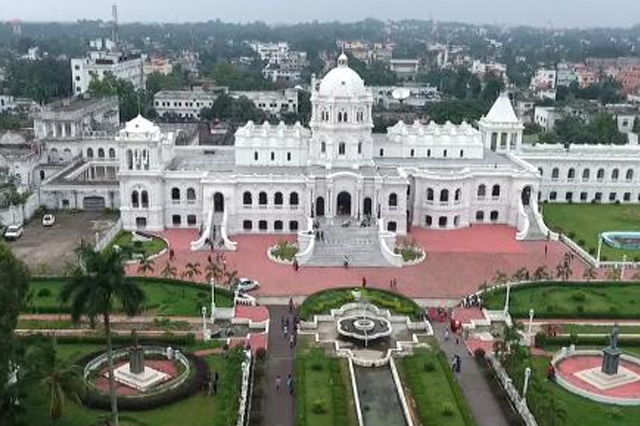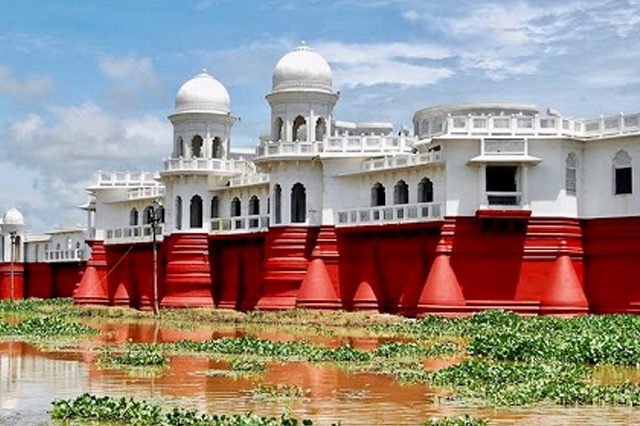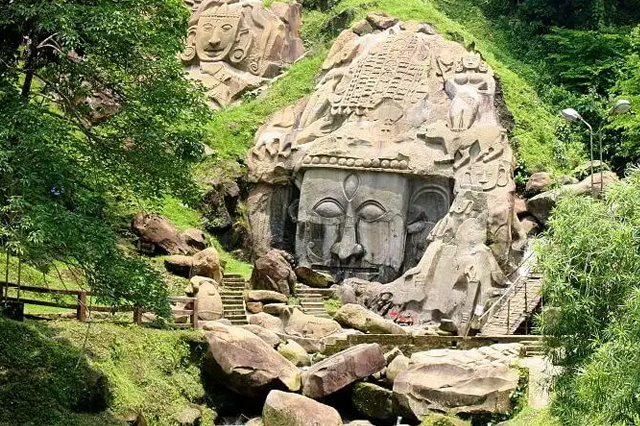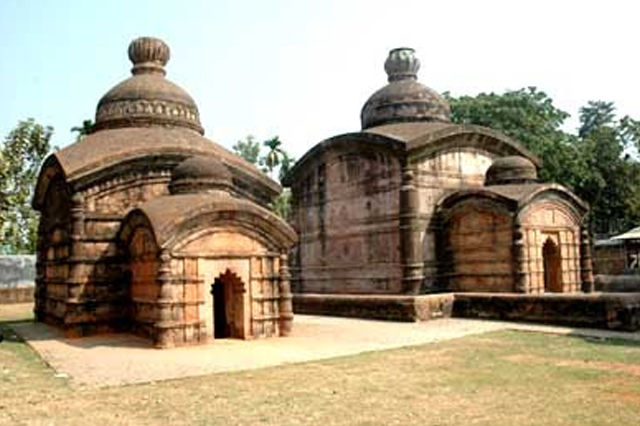Tripura, state of India. It is located in the northeastern part of the subcontinent. It is bordered to the north, west, and south by Bangladesh, to the east by the state of Mizoram, and to the northeast by the state of Assam. It is among the smallest of India’s states and is located in an isolated hilly region of the country, with various indigenous peoples—or tribes—accounting for a significant portion of the population
The lower valleys in the west and south tend to be open and marshy, although in the south the terrain is heavily dissected and densely forested. West of the Deotamura Range is the Agartala Plain, an extension of the lowlands of the Ganges (Ganga) and Brahmaputra river basins, with an elevation of less than 200 feet (60 metres). It is drained by numerous rivers, the largest of which, the Gumti, emerges from the eastern hills in a steep-sided valley near Radhakishorepur.
Roughly half of the state’s population belongs officially to Scheduled Castes (a term designating those classes that have traditionally occupied a low position in the Indian caste system) and Scheduled Tribes (a term generally applied to indigenous peoples who fall outside the traditional Indian social hierarchy). The Tripuri constitute more than half the tribal community. Other prominent tribal groups include the Reang, the Chakma, the Halam (a subgroup of the Kuki), the Garo, the Lusai (Mizo), and the Marma (Mogh); most originally moved to Tripura from various hill regions in neighbouring states.
The agriculture sector engages roughly two-thirds of Tripura’s workforce and accounts for nearly half the state’s gross product. The major crop is rice, which is grown throughout the state. Cash crops include jute (used in the manufacture of sacking, burlap, and twine), cotton, tea, sugarcane, and various fruits, such as jackfruit, pineapples, oranges, and mangoes. Coconuts and potatoes are also important. Livestock plays only a subsidiary role in the state’s agriculture. Forestry-based industries produce timber, firewood, rubber, and charcoal.
| Chief Minister | Area | Name of Capital | No of Districts | People | Official languages |
|---|---|---|---|---|---|
| Shri Biplab Kumar Deb | 10,491.69 km2 | Agartala | 8 | 3,671,032 | Bengali, English, Kokborok |

For those who wish to get an insight into the ancient golden days, the Tripura Government Museum is one of the must-visit tourist places in Tripura. Built-in the year 1970, the Tripura Government Museum exhibits the culture and heritage of Tripura up to its entirety. One can witness an awe-inspiring collection of unique ancient products including stone carvings, old coins, archaeological objects, and much more. One can clearly see the vast comparison between the past and present of lifestyle in Tripura.

One of the famous tourist places in Tripura, Neermahal Palace is sitting right in the heart of Rudrasagar Lake. This Palace not only gives one a chance to witness a scintillating structure but also beholds the beauty of its surroundings. The name translates to ‘water palace’ in English and justifies the name to the T. When it comes to the seven wonders of this country, Neermahal Palace found itself a spot in the list. Founded by Martin & Burns Co., this Palace is home to a royal Antar Mahal, a guest room, a playing room, a courtyard, and much more!

Translating to ‘one less than a crore’ in English, Unakoti is one of the most intriguing places to see in Tripura for those who seek something unique. This place is sitting near the Kailasahwar town and is home to hundreds and thousands of massive structures that are rock-cut and spellbinding. This spot is home to numerous scattered ruins of the temples, making Unakoti a unique place with an ancient aura encircling the atmosphere.

Dharamnagar is the second-largest city in Tripura next to Agartala and is located in the north part of Tripura. The place is known for naturally beautiful landscapes. There are several top-quality boarding schools located in this city. The temperature is always mild here, both in winters and summers. However, the place is adorned with very heavy rainfalls. The city is built over ancient ruins and is known for many famous historical monuments. Haflong is a famous tea garden which is known for its beauty and lies just a short distance from Dharamnagar. Also, Unakoti which is an ancient site with huge rock-cut images lies near Dharmanagar.
Engineering and Polytechnic Institutes
Medical and Paramedical Institutes
Other Professional Degree Institutes
General Degree Colleges
Major trains
Passenger trains